By Gouri Satya, Sr. Journalist
Practically, every street in Mysuru has some history behind it. But this street has a tale of tragedy. In Chamarajapuram, one comes across a road named, ‘Deva Parthiva Road’. Not many know either this Deva Parthiva or the obscured history behind him. It stands apart, telling a different tale, from the other roads erected in memory of the erstwhile royal family members in the city.
It stands shadowing the struggle of adoption at a crucial stage of Mysuru history. The struggle was not an ordinary one. It was a struggle for survival, of freedom — on one side, survival of the Wadiyar family in power and their future and on the other, saving the Kingdom from going into the hands of the British administration permanently and thus losing freedom.
But first, let us know who this Deva Parthiva is. A look at some records throws some light about this person — a prince born to Krishnaraja Wadiyar III, but deprived of becoming his successor and the future Maharaja of Mysuru.
Krishnaraja Wadiyar III (1799-1868) had two sons and two grandsons from them. The two sons were Prince Chamaraja Bahadur (1816-1836) of Madana Vilasa and Prince Nanjaraja Bahadur of Lakshmi Vilasa, but they were not born to his legally married wives. They belonged to non-Ursu families. In other words, they were not his Ourasa Putras ((ಔರಸ ಪುತ್ರ)) but Gandharva Putras (ಗಾಂಧರ್ವ ಪುತ್ರ).. Both the sons had died even before Mummadi.
Madana Vilasa Chamaraja Bahadur had two sons, Army Commander (Senadhipathi) Nanjaraja Bahadur (1833-1897) and Madana Vilasa Prince Devaraja Bahadur. Nanjaraja Bahadur of Lakshmi Vilasa also had two sons. Deva Parthiva Raja Bahadur was one of them.
The British conspiracy
Of the two grandsons, Senadhipathi Nanjaraja Bahadur was elder to Deva Parthiva. Mummadi deemed Deva Parthiva as a rightful heir. But, two factors came in the way of making Deva Parthiva his successor. Firstly, his grandmother, Putta Rangamba Devi of Lakshmi Vilasa, one of the co-wives of the Maharaja, was a Brahmin. Secondly, the British administration refused to recognise him as Maharaja’s ‘son’ because he was not of Kshatriya blood.
Mummadi was well aware of the attitude and intentions of the British authorities. He also knew well that if he adopted Deva Parthiva against their wishes it would lead to disastrous consequences and harm the interests of both the royal family and his subjects.
The British authorities’ intentions in refusing to recognise Deva Parthiva were deep-rooted. They wanted to take over the State and its administration permanently as they had already done in respect of a few other States. The powers of administration of Mysuru were already vested with them as they had annexed the State from Krishnaraja Wadiyar III in 1831.
Placed in an advantageous position, they could dictate terms to the Maharaja. Any stand taken by the Maharaja against their wishes would be enough for them to take over the State.
With these concealed motives, they consistently declined the repeated requests of the Maharaja to restore powers to him and also did not permit him to adopt a successor. Their intentions become evident in a report sent to the British Emperor by Governor-General Dalhousie. In that report, he stated that Krishnaraja Wadiyar had already reached the age of 60 and had no male issues.
It is unlikely that he intended to adopt any male issue from among his nearest relatives to succeed him to the throne. Hence, it was worthwhile considering retaining Mysuru State under their administration.
Pressure on the Maharaja
With this ulterior motive, they were pressurising the Maharaja not to insist on the restoration of his powers. Commissioner Bowring prevailed upon the Maharaja through his assistants, Major Eliot and Major Martin, to accept the recommendation he had made to the British Emperor and not to insist on the restoration of powers of the State.
He had gone to the extent of suggesting to the Maharaja to accept “some little territory south of the Cauvery River affording a revenue of Rs. 10 lakh and renounce all his claims,” a recommendation he had made to the Viceroy (Mysore State Papers Selections Vol. III 1810-1848 secret correspondence and confidential papers, Secret Letter No. 66 Pages 171-172 Para 3). With this obscure motive, Dalhousie and others maintained consistently that the Maharaja had no sons, ignoring Deva Parthiva.
Tact and diplomatic skill
Krishnaraja Wadiyar was intelligent and sensible. He continued to act with caution and courage, an unusual amount of tact and diplomatic skill. While he continued petitioning the British rulers for the restoration of powers, he quietly contemplated having an heir to the throne.
Under these circumstances, the Maharaja perhaps concluded that he should not name Deva Parthiva as his successor. Palace intrigues which were working against his interests and spreading false rumours further cemented his decision. He knew the adoption of Deva Parthiva was not wise and even if he adopted him, his action would go unrecognised. That would be enough for the British to assume powers of the State permanently. It would not only deprive him and his successors of their ancient kingdom but would also harm the interests of his people and the State.
Hence, Krishnaraja Wadiyar contemplated adopting Chamarajendra Wadiyar who hailed from the family of Maharani Lakshmammanni of Bettadakote. However, he kept his intention close to his chest till the last minute.
Subsequently, when he communicated his intention to adopt a son to the British Government, he was told that any adoption of a male would only relate to his private property and would have no concern with the Government of the country.
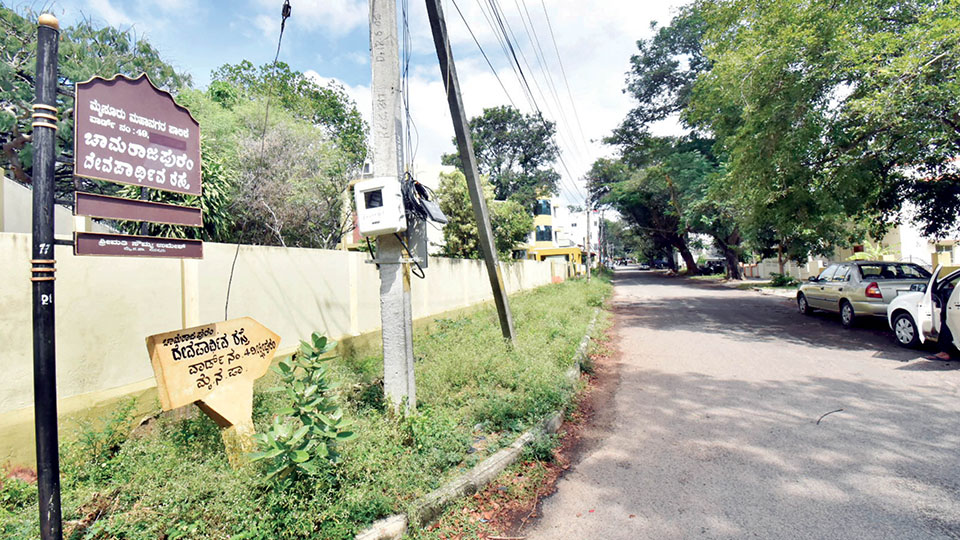
A skilful strategy planned
Planning a skilful strategy, the Maharaja assembled all the prominent personalities from all over his State, including the British officers in Mysuru, to the Palace on a particular day. In front of all of them, he announced his decision to adopt a son. Everyone thought the assembly would end at that stage of formal announcement, but to the surprise of all those present, a child was brought from inside.
He took the child on his lap and declared him as his son and successor, while the royal priests completed the religious formalities. The entire house rejoiced over the adoption with loud cheers and approval.
The formal adoption in the presence of such a big gathering left the British authorities with no choice but to reconsider their stand. They subsequently recognised Chamaraja Wadiyar as the successor to the late Krishnaraja Wadiyar III.
This is how the ill-starred Deva Parthiva was deprived of the Kingship of Mysuru and more or less went into oblivion. At the same time, fortune-favoured Chamarajendra Wadiyar X became the ruler of Mysuru.
It is the name of this unfortunate Yuvaraja the road near Geetha Road in Chamaraja Mohalla bears. Probably, Krishnaraja Wadiyar III had named a street in the old town of Mysuru within the Palace Fort as Deva Parthiva Road. This road existed even during Chamaraja Wadiyar.
Probably, when the congested area around the Palace in the old town was cleared, the Deva Parthiva Road disappeared and a road in the newly developed Chamaraja Mohalla, outside the Fort, was named in his honour. Incidentally, the Mohalla is named in honour of Chamaraja Wadiyar.



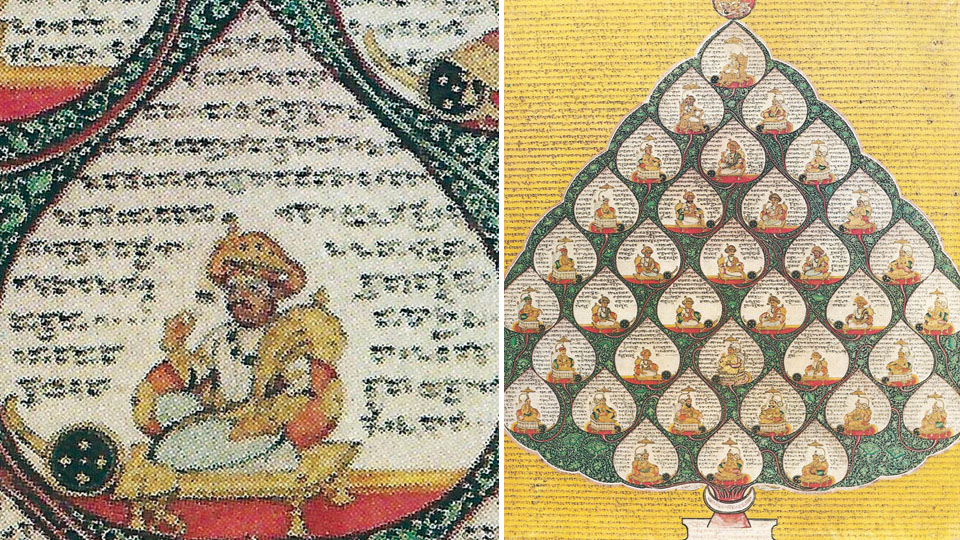

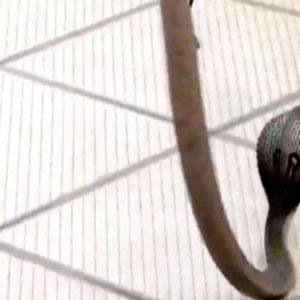
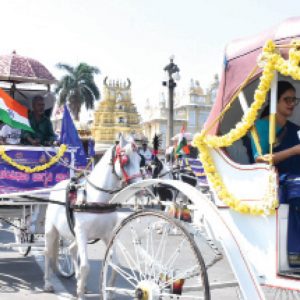
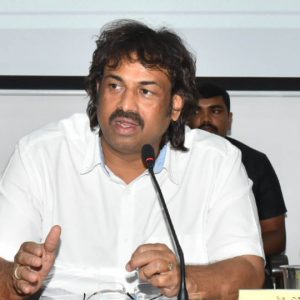
Recent Comments